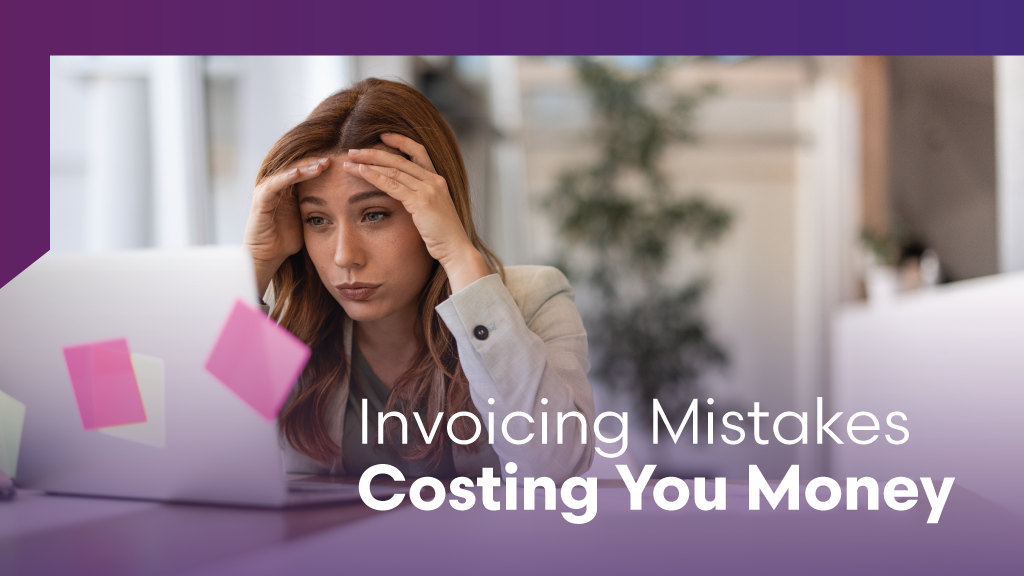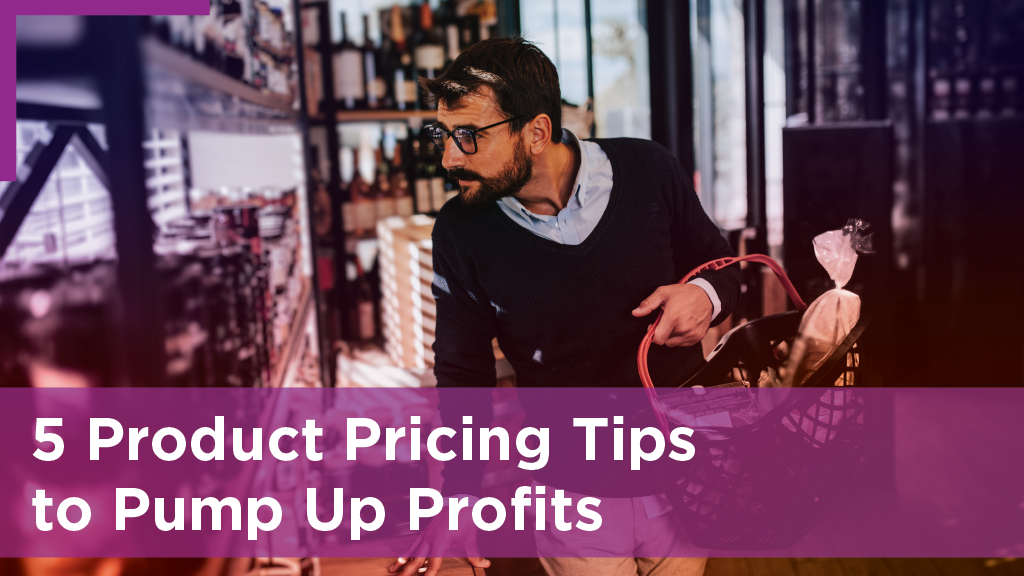
As a business owner, you have a lot on your plate. It is very easy to overlook simple tasks like invoicing when you already have many other priorities. However, beware of these invoicing mistakes that are costing you money. It is something that should require your full attention since small mistakes could become costly to your business. These mistakes can easily be avoided and you will encounter fewer problems in the long term.
-
Not sending invoices in a timely manner
It is important that you do not procrastinate sending out the invoice. The invoice needs to be prepared as soon as possible and sent to the client immediately. Delays in dispatching the invoice to the client will only affect your business by not getting payment in time. This is something that can easily be avoided to assure you are not wasting any time and assure the proper cash flow of your company.
-
Not having payment terms
By not specifying the payment terms to the client, they will not know when to pay. This leaves the deadline open to interpretation and most likely causes the client to pay much later or forget entirely. You need to include the terms for example it’s often written as Net 7, 10, or 30 days. This means that the client has 7, 10, or 30 days to make a payment depending on when you choose.
-
Not specifying payment methods
You need to make it as easy as possible for the client to make a payment and if they do not know how they can pay, then it will result in further delays. Clearly indicating what payment methods they can use, will avoid delays caused either by the client contacting you to ask or by the client pushing it off and forgetting entirely.
-
Not following up on your invoices
It is important to follow up on your invoices this will make sure that the client has in fact received them. Sometimes, clients will forget to make a payment and by following up with them it will remind them to pay right away. Other times, some clients need to be badgered in order to get the payment from them. In either case, following up will solve the problem is receiving anything late and to assure they received it at all.
-
Incorrect information
Make sure that the invoice is addressed to the correct person. It is possible that the invoice will not be billed to the same person that you had contact with when you are dealing with a bigger business. Also pay attention that all other information on the invoice is correct such as an address, pricing, and even spelling. Incorrect spelling will make your business look unprofessional which is not an impression you want to give. Before sending out the invoice, double-check that it is the correct information.
-
Itemizing
It is a good idea to include a list of charges that you are charging the client. This way it will be easier for the client to understand their charges. There will be less confusion and therefore less reason for the client to contact you with any questions that will further delay the payment.
Invoicing and receiving payment is a key part of a business that you need to have under control. When sending out an invoice, your goal is to make it as clear as possible for the client. Set up payment terms, be clear with how you accept payment, and follow up on all invoices to make sure you are paid. The less confusion there is the easier it will be for the client to pay right away.





